Led TV components and their functions – Functional Overview
It is hard to imagine life without any source of entertainment like an LED smart TV. With the advancement in technology, different types of TVs are in a market that offers both quality and high cost. Modern Television technology has improved significantly since 1920, leading to better picture quality whenever viewed on a big screen.
If you’re new to making smart TV purchases, you need to know about all the features and additional items that come with your device. As buying, a TV is an investment that will last a long time, being fully informed about the LED TV components and their functions can help you make the most economical choice.
Some TV sellers use different tricks to appeal to the customers regarding the different superior and high-quality functions even though similar TVs with the same functions are available at the best cost. By knowing about the basic TV components, you can easily win over the tricks and ensure that you are buying the good TV that fits your needs and budget.
In addition, the idea about the LED TV components assists you in making a quick decision either about repairing or buying a new one.
What are the components of an LED TV?
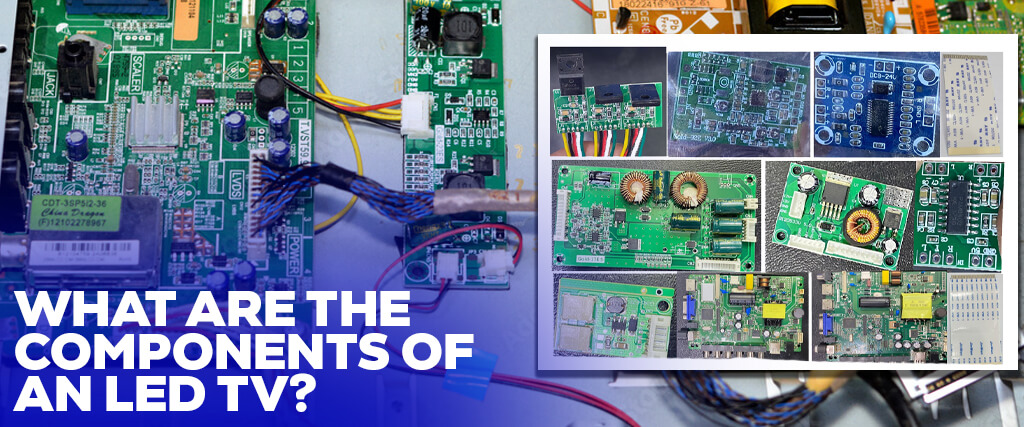
LED has changed the paradigm of entertainment worldwide due to enhanced features like picture quality, sound, sleek design, energy efficiency, and a long lifespan. These qualities have made LEDs rule in the market of displays. All these features come from the quality components that make the viewing experience more immersive. The comprehensive information about LED TV components and their functions allows you to select the top television choices for your home or workplace.
LED TV components list
- Display panel
- Backlight
- Power Supply
- Motherboard
- Processor
- Remote Control
- Audio Output
- Video Input
- HDMI
- USB Port
LED TV component’s roles
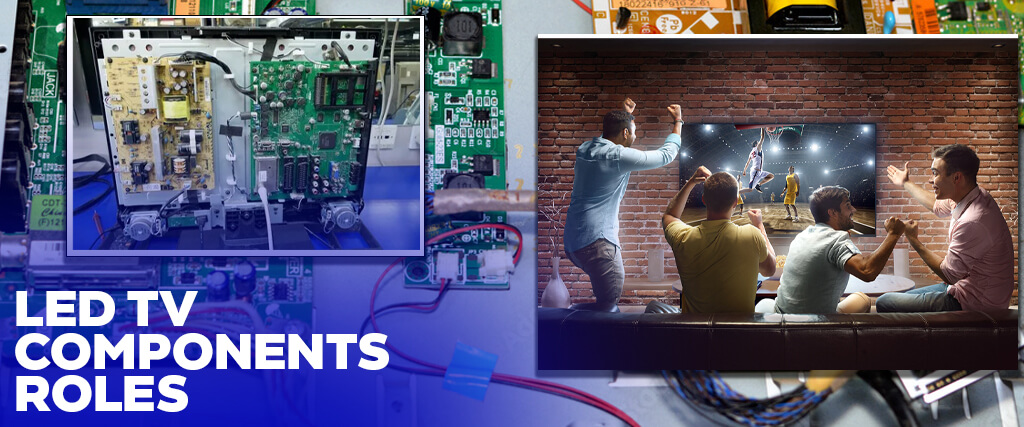
The premium quality components of LED TV determine the quality of the picture, visuals, and audio. With the advancement of the latest technology, the manufacturer has started to use the technology to make energy-efficient and budget-friendly televisions. In the following, the basic LED components along with roles are described that would help you to choose the best TV without breaking the bank.
Display panel
The first thought about television is the display of visuals on the screen. The prominent component of any TV is the display panel. The display panel is the screen of the TV that allows you to watch exciting images and videos. In other words, it is called the heart of an LED that consists of tiny light-emitting diodes (LEDs). The LEDs emit light when current passes through them allowing the display of quality results. Any kind of disturbance in the panel leads to dead pixels as well as uneven color and brightness.
Backlight
What makes the images appear in front of you is the display panel. The display panel is supported by a backlight that lights up and enhances the contrast of the visuals. Usually, two types of backlighting are used: edge-lit and direct-lit technology. The use of both ensures the efficiency and thinness of the TV. In some LEDs, the local dimming feature to enhance the contrast controls the backlight intensity. It helps to improve the black levels and overall image quality even when displayed on a bigger screen.
Power Supply
The power supply is the real driving force that allows the TV to show what it is supposed to show. The main purpose of the power supply is to convert AC power to DC power to ensure that other LED components work properly. The power supply unit consists of many parts that collectively help to regulate the voltage in the TV.
It includes a voltage regulator that ensures that all the parts of the LED receive the required and consistent supply. In addition, there are filter capacitors that filter out the noise that occurs due to the DC voltage. Due to the continuous and long hours of power supply, the power supply system gets heated. For heat dissipation the other part, the heat sink operates to ensure that the supply unit functions properly.
Motherboard
Behind every complex and accurate functioning of a TV or computer is the motherboard. It is called the backbone of the LED that allows all components to communicate to display good results. The motherboard controls the all-complex functions of the LED like providing a power supply to the LED. In addition, it provides space for the input and output ports to make connections to the external devices. Moreover, it allows stable and fast data transmission between the different components of the smart LED TV.
Processor
The processor is meant to be the brain of the LED. It manages and controls the OS and all tv applications. The efficient processor determines the quality and efficiency of the television. Along with processing all instructions and data, it also plays its role in decoding audio and video signals. In addition, it displays quality images. Furthermore, it responds to user input to display the data on the screen after processing.
The high-resolution and quality TV features a standardized motherboard and processor because both are the basic driving unit of any TV.
Remote Control
Everyone wants to control his or her surroundings with a click without leaving the seat. The LED remote control serves the same operation. To communicate with the TV, the remote utilizes radio frequency or infrared technology. Turning on/off the TV, shifting channels, adjusting the volume, changing the brightness, and finding the content you want to watch are all made easy for you via the remote control. In addition, you have the option to select and play media files to see on a big display. Smart TV also works via voice. You can either do both app control or voice search in that case.
Connection components
With advancements in technology, you can see the media of any device on a bigger screen with convenience. It is all possible with the connectivity. The prominent connectivity ports are HDMI and USB ports.
HDMI (high-definition multimedia interface) is commonly used to transmit audio and video signals via a single cable. It is used to connect devices to LED, multimedia, or computer. Via this connectivity, you can watch high-quality videos and audio on the big screen. HDMI is the best video Input because it supports the best audio-video quality.
USB is the standardized interface that is used to transfer data from a variety of devices. You can play the media on a flash drive through a USB port. Moreover, the digital camera might be used to transfer the images and videos to play on the screen. Along with that, for the professional video call, the webcam also works through this connectivity. When it comes to gaming, game controllers can play non-stop games on TV. For a better choice, have information about these connectivity LED TV components and their functions.
Audio Output
How superior the display is, if the TV has a poor audio system then all crisp the display is meaningless. The LED TV comes with superb audio output that allows the connection with sound bars or speakers. By using the audio output, you can enjoy the mesmerizing and high bass sound along with quality visuals. Via the external sound system, you can enjoy clearer sound than the built-in LED speakers can.
How does an LED TV work inside
If you are a tech lover as well as curious about how an LED TV works inside then you are going to get your curiosity resolved with the simple mechanism.
Contrary to LCD, LED uses the backlight to illuminate the light-emitting diodes. When current is applied, the light goes through every cell and illuminates every pixel. Respective to variations in current the different colors and images are produced.
Before displaying the image on the TV screen, the video processor receives signals from the respective source and converts them to digital signals. Later on, these signals are shifted to a display panel that manages the amount of light reaching the pixel. The major concern is how clear and detailed the image is displayed on the screen. This happens due to the quick on-off of the backlight that is unnoticeable to the eyes. The backlight is behind the clear and crisp image display on the screen.
LCD panel vs LED panel in LED TV
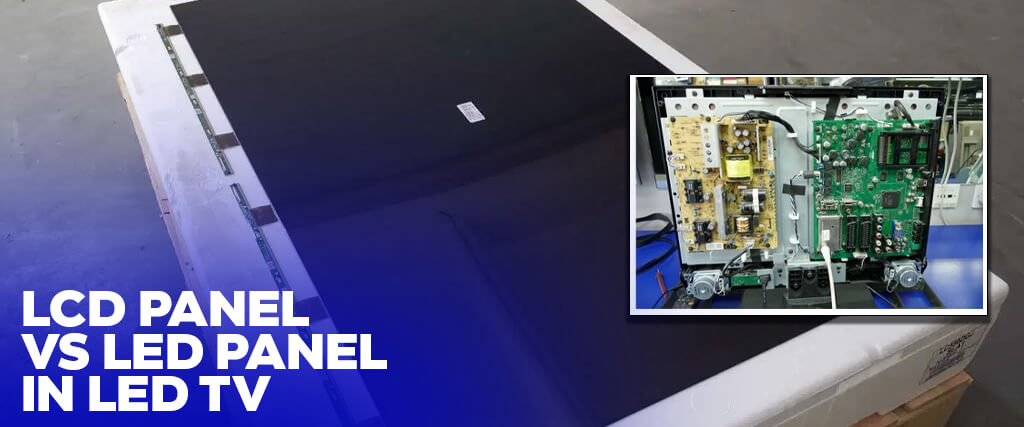 Choosing the best TV is always challenging when you are a beginner. Therefore, it is best recommended to have know-how about each type of TV. The information about the LED TV components and their functions is necessary to make wise choices. Whether you are buying LED or LCD, you must know about the features of every display panel.
Choosing the best TV is always challenging when you are a beginner. Therefore, it is best recommended to have know-how about each type of TV. The information about the LED TV components and their functions is necessary to make wise choices. Whether you are buying LED or LCD, you must know about the features of every display panel.
LED TV with the LED panel has advantage over the LED TV that is equipped with the LCD panel based on the following specifications:
Contrast Ratio
The best-quality images have prominent blacks and whites due to a wide range of brightness levels. The TV with the highest contrast ratio offers highly immersive as well as realistic images on the screen. Regarding contrast ratio, the LED panel is the best choice.
Aspect Ratio
How the picture will be displayed on the screen is determined by the aspect ratio. The LED panel comes with a 16:9 aspect ratio that ensures the display of a clear picture on the widescreen. The maximum aspect ratio makes the LED TV more appealing than the LCD.
Refresh Rate
The more the image will be refreshed in a second on the screen clearer and crispier will be the results. The panel with the higher refresh rate offers a clearer and smoother picture when the fast-paced visuals and scenes are being displayed on the screen. Panel with a more than 120 Hz refresh rate offers a mesmerizing picture on the screen.
A TV with a poor refresh rate or response time causes a Motion Blur when fast motion visuals are shown on the screen. An LED panel of LED TV has a quicker response time than the LCD panel making the picture blur when a fast-motion picture hits the screen.
In addition, the LCD panel is heavier than the LED panel. Although LED panels are more expensive than LCD, they give picture results. Undoubtedly, buying a TV is a long-term investment; therefore, it is essential to know about your LED TV components and their functions to avoid the jargon of the sellers.
Conclusion
For a budget-friendly choice, it is essential to have the necessary information about the LED TV components and their functions. Many useful LED components add worth to it. It includes a display panel, backlight, power supply unit, motherboard, connectivity ports like HDMI, USB, and other inputs and outputs.
The efficient processor of the TV defines the appropriate working of the TV inside it. The superior features of the LED panels differentiate it from the LCD panel which includes refresh rate, aspect ratio, response time, and refresh rate. The thorough information about your TV helps you to make wise choices regarding repairing or buying a new one.



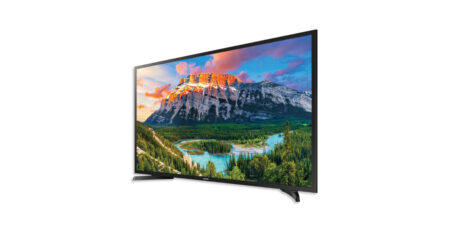
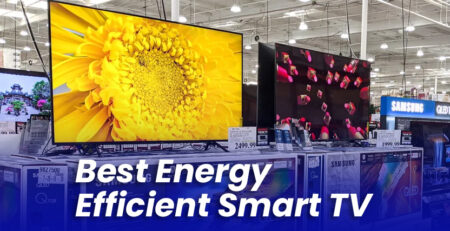
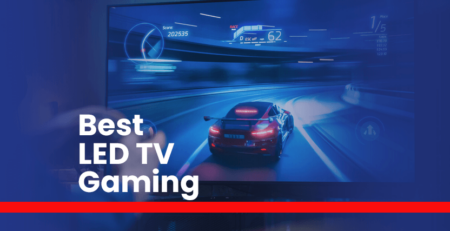
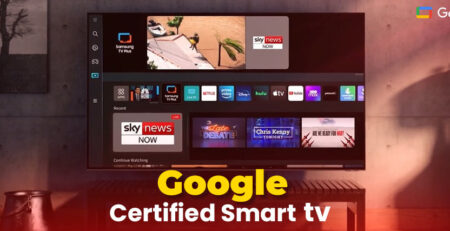

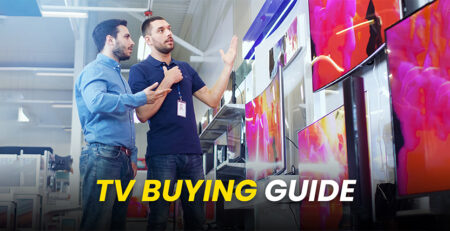
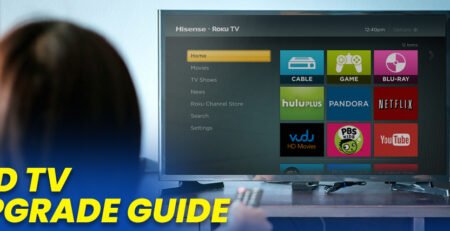
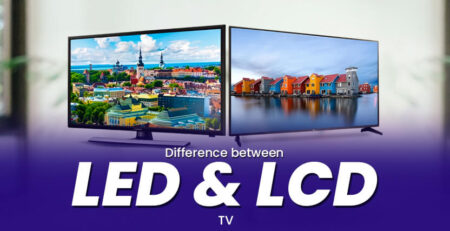
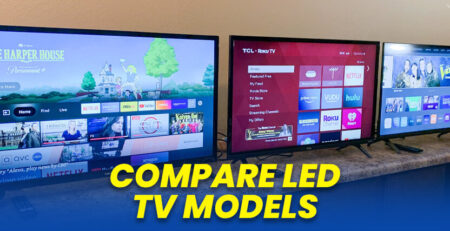



LEAVE A COMMENT